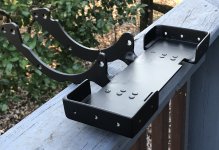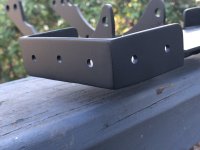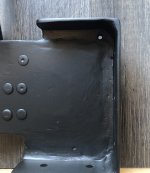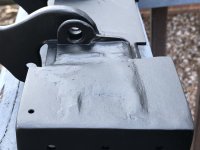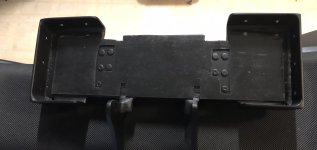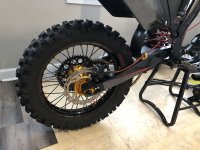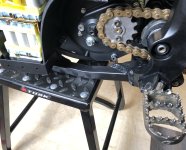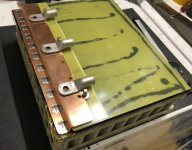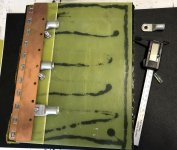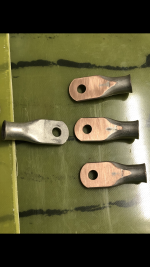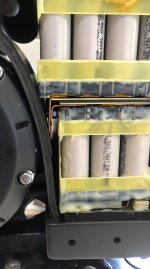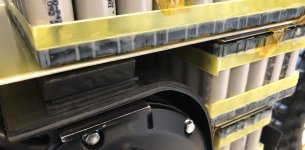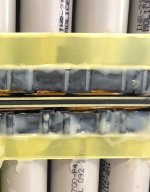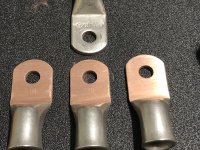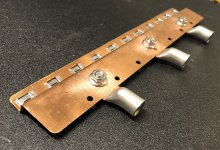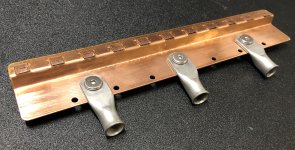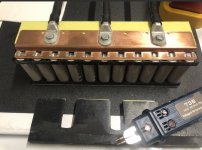Eastwood
100 kW
- Joined
- Jan 13, 2021
- Messages
- 1,479
Eastwood, found the bending post and found the welder on amazon, Danke!
Battery tray:
You could also add strips of 2mm or 3mm rubber, which will keep the battery raised above any moisture on the bottom and absorb some shock too.
Yes exactly my friend
I have a rubber strip that will be glued/silicone to the battery tray. Pretty much any point of contact where the battery touches the frame there’s rubber between. There’s also rubber inside the battery case between the battery and the case. I went a bit overboard with rubber lol, but I feel like it will help absorb vibration from off-road use.
It’s quite the task being my very first battery build for the most extreme conditions for a lithium ion battery pack lol. If you think about it, a trail bike is probably the most vulnerable place for a lithium ion battery because of the water, vibration and wrecks.
Been working hard on this battery tray and almost ready for paint. There’s been so many tedious steps with making this tray, but it’s just part of the process.
Here’s a link to the welder if anyone’s interested. Use 7018 “AC” version rods with this welder. The arcing with these cheap inverter welders work better with AC rods, although it’s DC.
Link to the auto darking welding mask
Last edited:


